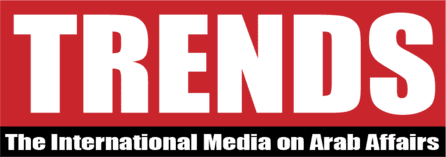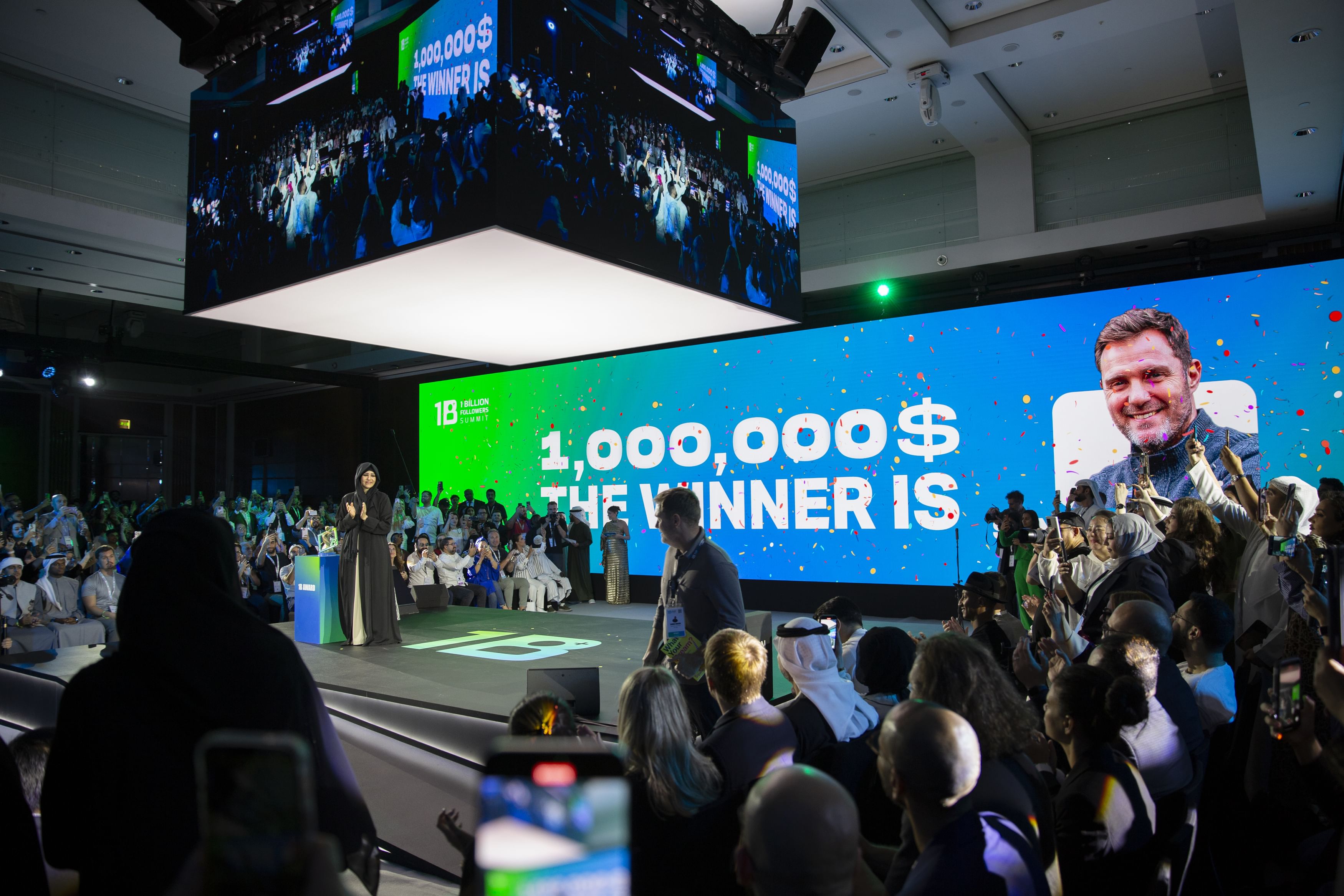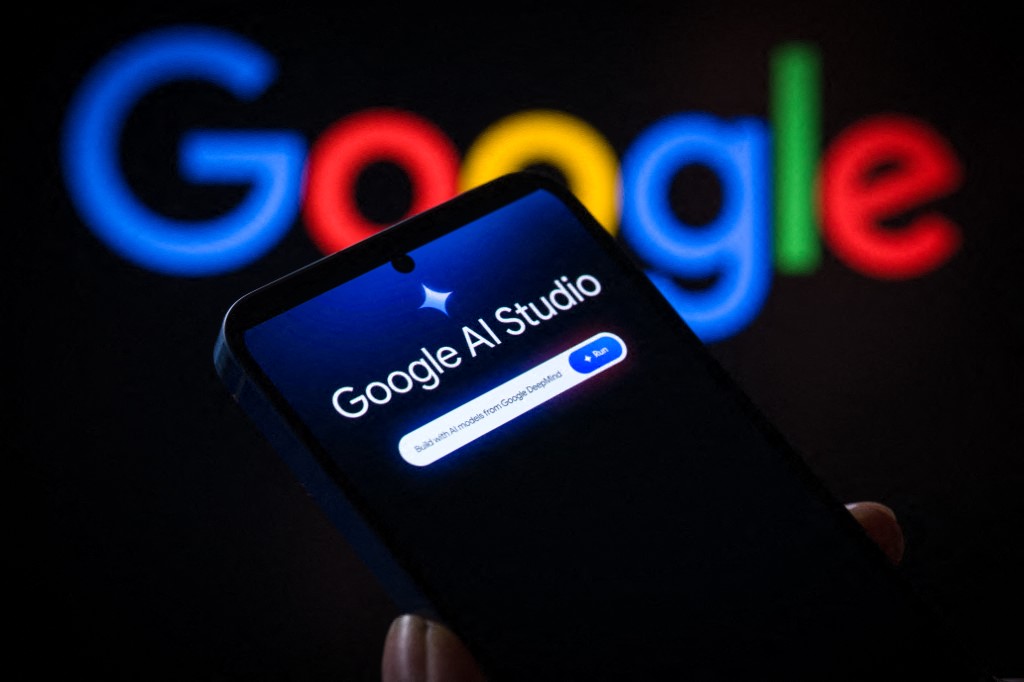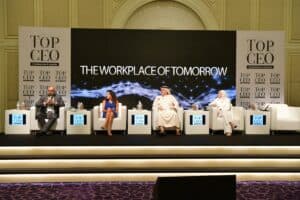The global creator economy that was valued at around $127.65 billion in 2023 is predicted to reach over $528 billion by 2030. At its core, the creator economy can be defined as “the collection, creation, and distribution of all content in our current digital world.” It has given rise to what we now call social media creators, individuals who produce content, market it across platforms, and generate income through followers and engagement. While the creator market is reshaping economies worldwide, nowhere is its impact as dramatic or strategically significant than in the Gulf Cooperation Council (GCC) states, where this phenomenon has reached high levels of growth and integration.
The sector has experienced a breathlress growth over the past decade. In this, it is unlike traditional industries that took decades to mature and grow. The growth has created social media moguls, millionaire YouTubers and everyday vloggers in the Gulf states.
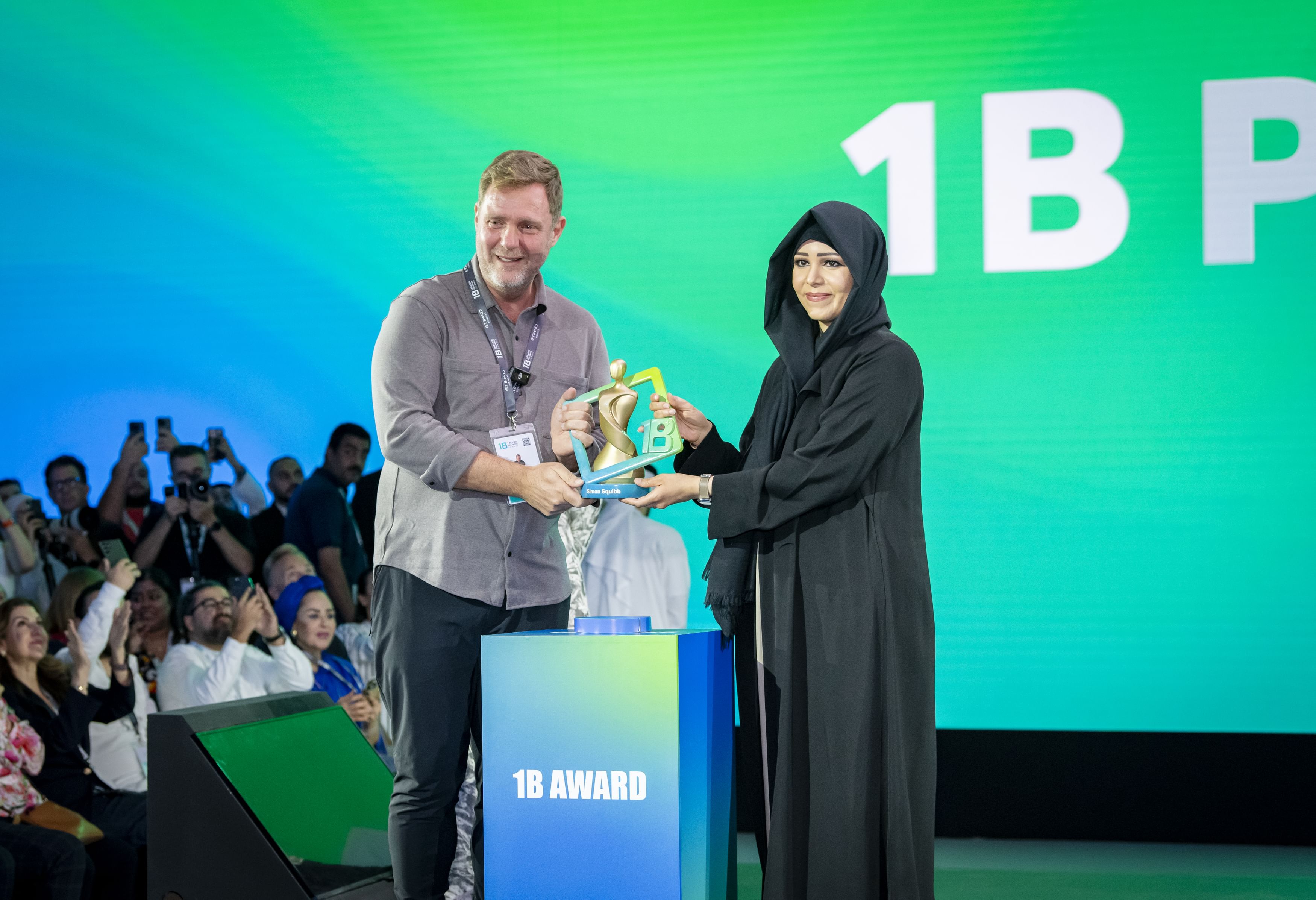
In the Middle East, the creator economy presents a fascinating case study of its own, more so in the Gulf region or the GCC, especially the countries like UAE, Qatar, Saudi Arabia and Bahrain. These countries have seen a big boom in the emergence of bloggers, influencers, and content creators who are gaining substantial following across social media platforms. The content comprises daily vlogs, food creators, podcasters and comedians. Although the growth is partly due to organic emergence of creators, it can also be attributed to the governments actively promoting the sector through initiatives and investment. For instance, “Creators HQ” a hub launched in January, 2025 during the third edition of the 1 Billion Followers Summit by the Prime Minister of the UAE, ad the Ruler of Dubai heikh Mohammed bin Rashid Al Maktoum attracted 2,415 creators from 147 countries in just six months as part of building a “comprehensive content economy” in the country.
This phenomenon makes sense if we look at the population demographics of the GCC. The Gulf region – home to a predominantly young population, with over 50% being under the age of 25 in 2021 – has 90% smartphone penetration. The region has among the world’s highest per-capita usage rates on online platforms like Snapchat and Instagram thereby presenting an ideal market for creators. The app reaches over 90 percent of those aged between 13 and 34, in Saudi Arabia with users opening it over 50 times a day on average.
This is because the content consumers have both appetite and purchasing power. The UAE alone has a GDP per capita of over $48,830. This wealthy, digitally active audience creates a profitable environment that enables creators to have premium rates for sponsored content and brand partnerships. Thus, there is a huge audience and market for content and a natural pipeline for creators to emerge.
For example, Dubai-based food creator Khalid Al Ameri, started making content in 2016 and now has a following of 3M on Instagram. Having achieved a celebrity status, Ameri also earns through book deals, speaking engagements, and brand partnerships with companies. On the other hand, the growth in Arabic-language podcasts on Spotify and Instagram has created new advertising markets and sponsorship opportunities.
The creator economy, however, is not just about individual success stories. The regional governments have listed the sector as part of their development agendas as it aligns well with their broader economic diversification goals as outlined in national vision documents. For example, in Saudi Arabia’s Vision 2030, digital content creation is a key pillar of economic transformation. Qatar National Vision 2030 too identifies digital creators as essential for building a knowledge-based economy. The numbers further support this strategic focus. The UAE’s creative economy aims to contribute approximately 5% to national GDP by 2031, while Saudi Arabia has allocated $6.4 billion through its Public Investment Fund to support digital transformation initiatives that include development of the creator economy. This positions the creator economy as an integral part of the post-oil economic future of the Gulf.
